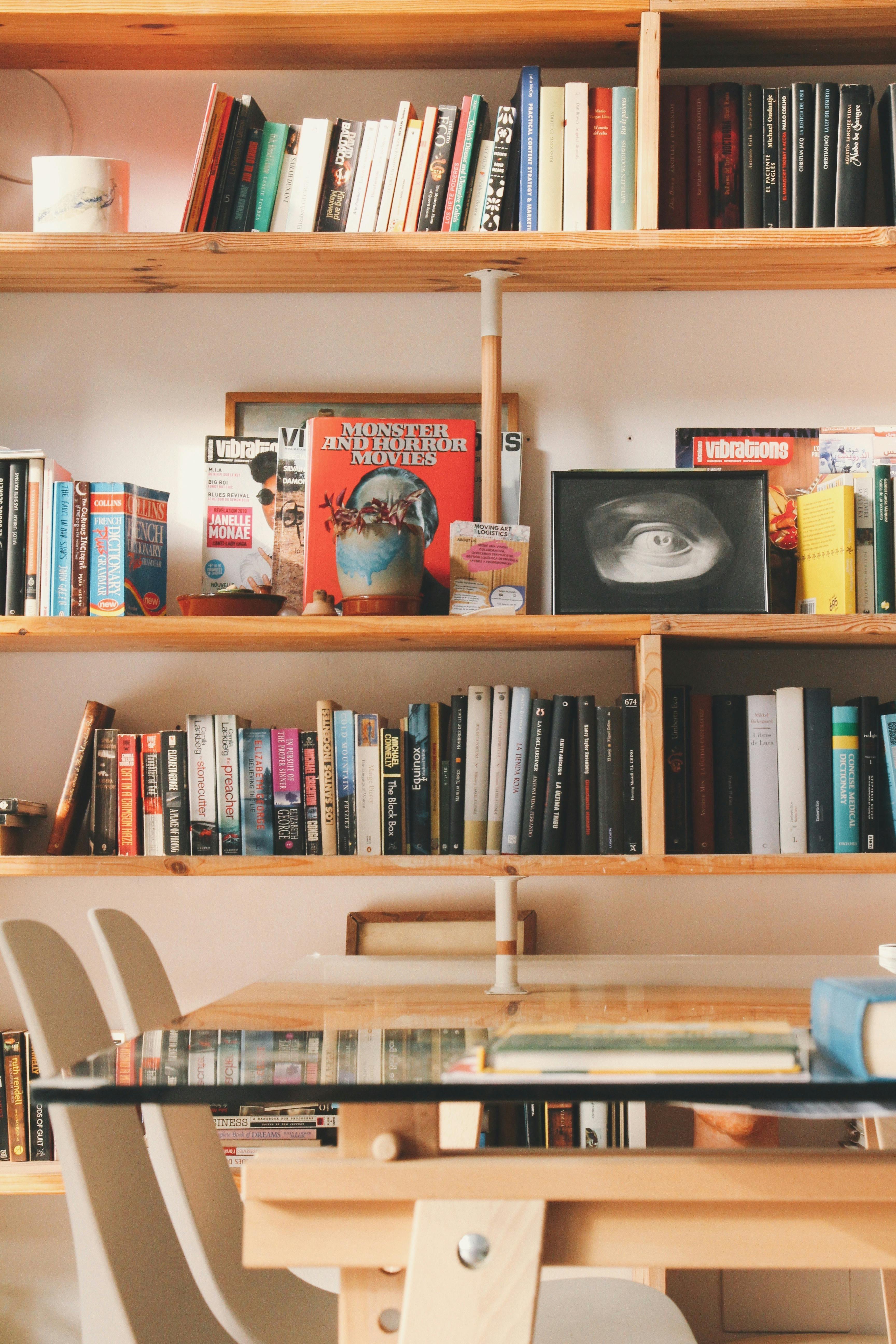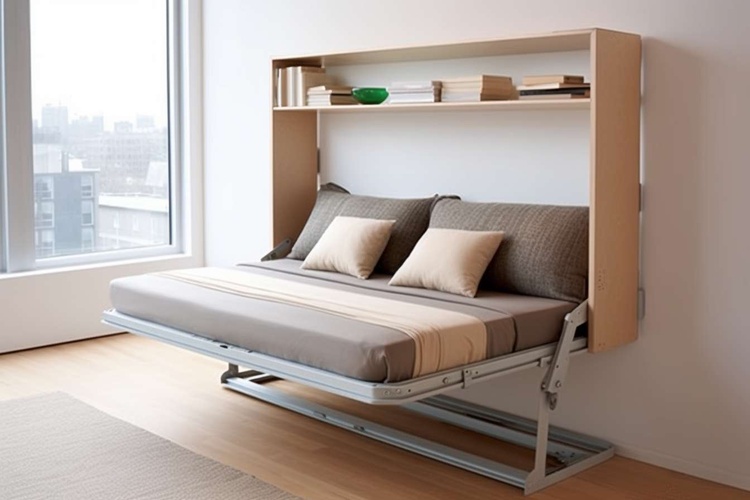"Aesthetic Home Libraries: Bringing Books Back in Style"
Introduction: In a digital era where e-books and audiobooks are gaining prominence, physical books and home libraries have taken a back seat. However, the tide is turning, and there's a resurgence in the love for printed books and the charm of owning a home library. This article dives into this trend, exploring the history, current state, and future possibilities of home libraries in interior design.

The Revival of Home Libraries: A Historical Perspective
The concept of libraries dates back to ancient civilizations, where they held immense prestige as repositories of knowledge. In modern times, home libraries were often seen as a luxury, a symbol of status and erudition. With the advent of digital reading formats, physical books seemed to lose their appeal, and consequently, home libraries fell out of favor.
However, in recent years, there’s been a noticeable shift. Amid the fast-paced, screen-saturated lifestyle, people are rediscovering the tactile pleasure of reading a physical book and the allure of home libraries.
Current Trends in Home Library Design
Today’s home libraries are no longer confined to the traditional dark, wood-paneled rooms filled with towering bookshelves. The modern home library is a vibrant, versatile space that reflects the homeowner’s personality and reading preferences. It’s also a place for comfort and style, with cozy reading nooks, stylish furniture, and strategic lighting.
From minimalist designs to colorful themes, there’s a wide range of trends shaping the look of contemporary home libraries. Personalized art, creative book displays, and indoor plants are among the popular elements enhancing the aesthetic appeal of these spaces.
Practicality of Home Libraries
While a home library might seem like a whimsical luxury, it offers practical benefits that enhance everyday living. Firstly, it provides a dedicated space for reading and intellectual stimulation. It also serves as a personal retreat, a quiet sanctuary away from the bustle of the household.
Beyond personal use, a home library can add value to a house. As per market trends, properties with unique features like home libraries often attract higher interest, especially among discerning buyers.
The Role of Home Libraries in Fostering a Reading Culture
The presence of a home library can foster a deeper appreciation for books and reading. It’s an accessible resource for continuous learning and an inspiring space that encourages creativity and imagination. For families with children, a home library can play a crucial role in nurturing early reading habits and promoting literacy.
The Future of Home Libraries
As more people seek tangible connections and meaningful spaces within their homes, the future of home libraries looks promising. They are likely to evolve, incorporating adaptive designs and smart storage solutions to accommodate different types of reading materials and formats.
As the trend continues, home libraries could become a standard feature in home design, much like home offices have become in the era of remote work.
In conclusion, home libraries are making a stylish comeback in the world of interior design. They embody a blend of aesthetics, functionality, and culture, serving not only as a design statement but also as a testament to the timeless value of books and reading. As we move forward, home libraries will likely continue to evolve, reflecting the dynamic nature of design trends and the enduring appeal of the written word.




